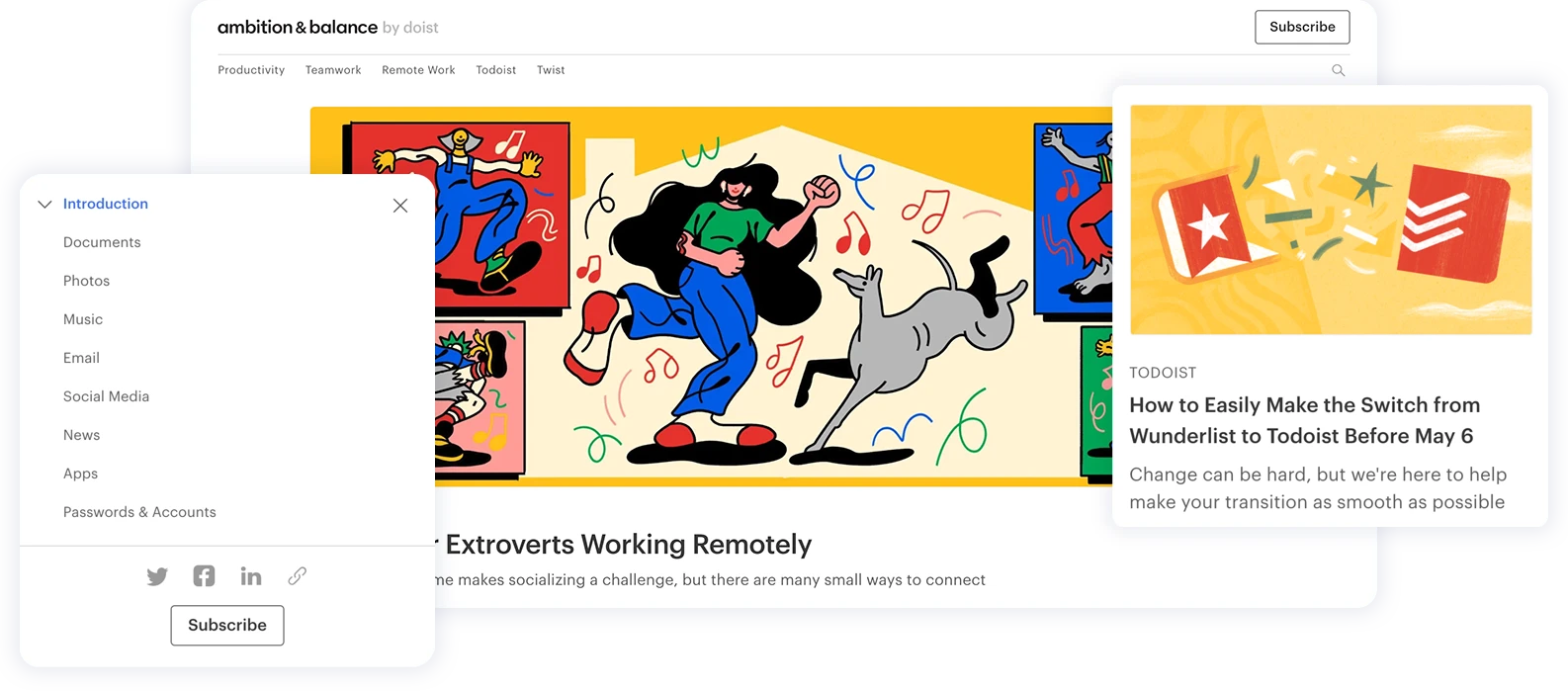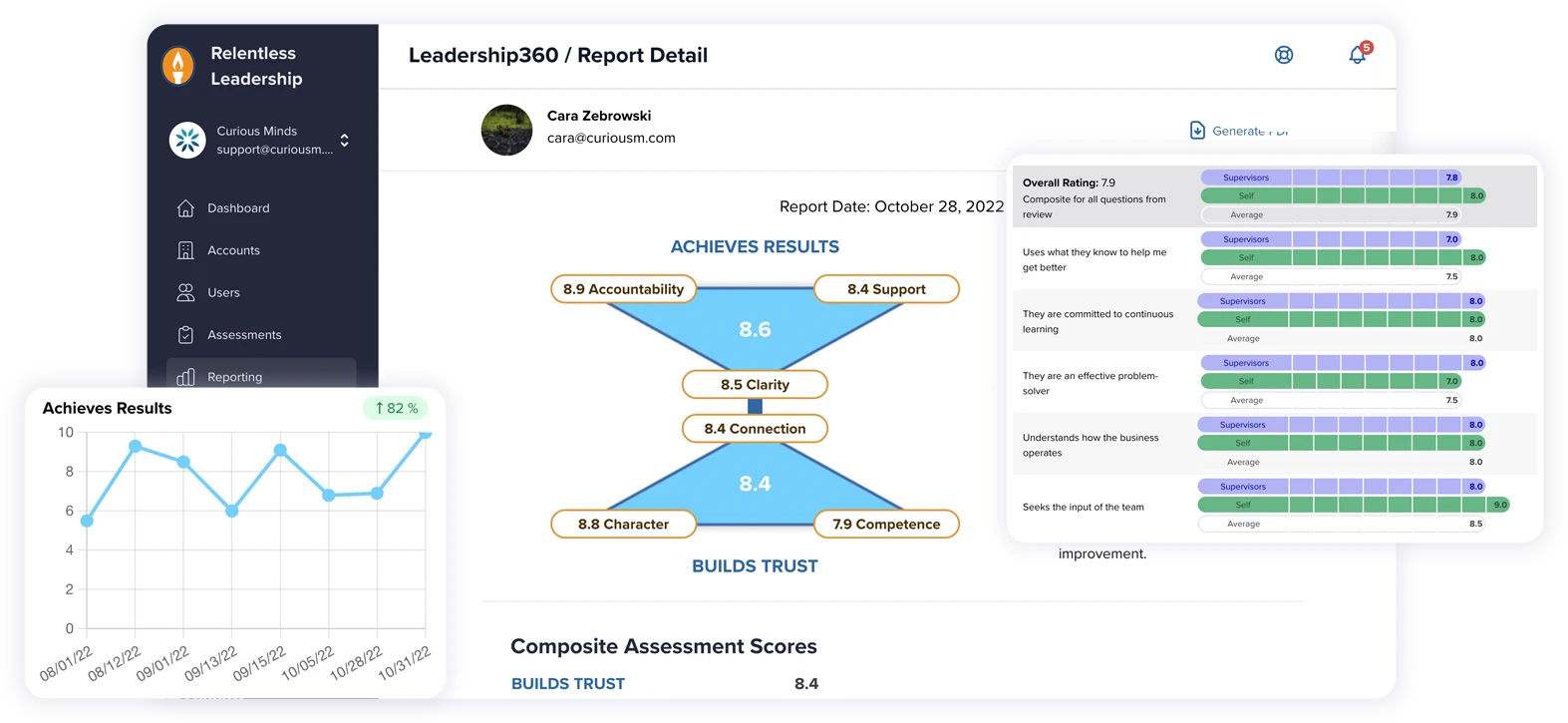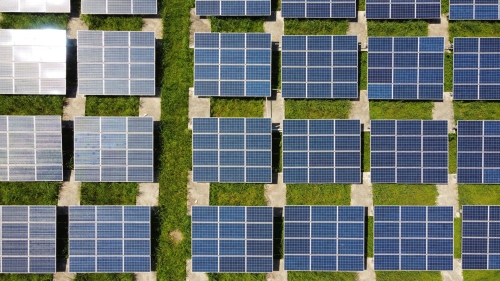Going paperless is often presented as an eco-friendly alternative to junk mail. The internet is considered more sustainable, but in reality, internet surfing generates about 3.7% of global carbon emissions. That’s on par with the airline industry! It makes you rethink all that junk mail, doesn’t it? When thinking of sustainability, web design isn’t exactly the first thing that comes to mind, but UI and UX design play a central role in creating a sustainable web, and help reduce our carbon footprint. Applying a sustainable approach to web design can help decrease some of those carbon emissions.
The Environmental Cost of the Internet
A single email emits about 4 grams of CO2e. In comparison, driving a car for one mile emits about 710 grams. It doesn’t seem like much initially, except that there were approximately 306.4 billion emails sent and received each day in 2020. As a result, those billions of emails generate a huge amount of greenhouse gas emissions, causing major harm to our planet’s well being.
How does the Internet Generate CO2?
How does the internet generate waste, anyway? All of the devices we use to surf the internet-smartphones, laptops, and smart tv’s-require energy. They need energy to work, after all. And building them requires more energy, or fuel. And when that fuel is burned, carbon dioxide is released.
In addition, the internet needs physical elements to operate. It’s not exactly a “cloud,” it still needs servers, data storage units, satellites, cables, etc. in order to work. Those require energy usage, too, like cooling systems so nothing overheats. In addition, everything needs to be built, housed, and shipped somewhere. There are so many different components that are related to each other when it comes to the internet and web usage.
What does Sustainable Web Design Look Like?
Some best practices for sustainable web design include:
-
Performance optimization
A fast website requires less time to load, and needs less energy. Minified files, restrained video usage (especially no auto played videos), and no oversized or unnecessary images, all help improve your website’s overall performance. The goal is for someone to spend quality time on your website, not wait for pages to load.
-
High quality content
Great content is key in reducing a website’s environmental impact. Updated an d easy to read content, high resolution images, and quality design choices like high contrast colors, and easy to read font, reduce navigation time, thereby saving energy.
-
Usability
You want it to be easy to use your site. A great interface makes it that happen. Elements are well laid out, the architecture follows a logic, there’s no clutter, and graphic elements like icons and colors are used to make using your site simple. Great UX design reduces time wasted searching for something. The less someone has to search, the energy they use.
No Time to Waste
It’s 2021. There’s no time to waste. Sustainable web design reduces our carbon footprint, which helps the environment. But it also helps to improve the user experience. A sustainably designed website runs better, is more cost efficient, and overall, is better for everyone, including the planet.



















